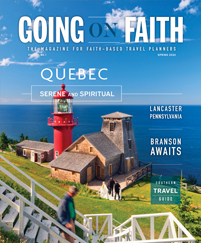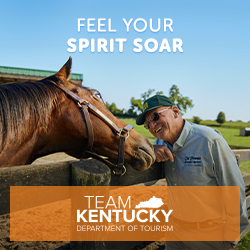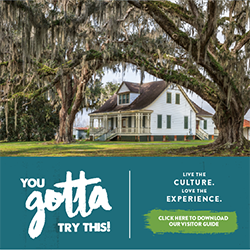Kayak the Everglades
Chokoloskee Island, Florida
Florida’s Everglades are home to the largest mangrove forest in North America, an area where fresh river water mixes with salty ocean water, and wading birds from herons to storks share the shoals with everything from lurking alligators to elegant wild orchids. An easy kayak paddle with a guide provides a fascinating way to see this environment up close.
“It’s not about stress, energy or exercise; it’s about access, and it’s very much a learning experience,” said lead guide Captain Charles Wright. “The only way in is with a helicopter or paddle craft. We’ve had a centenarian on one of our tours. It’s three hours of leisurely paddling with a naturalist.”
The Everglades has two seasons — wet from June to October and dry the rest of the year — and the paddle experience is very different from one to the other.
“In the dry season, some of the places we kayak dry up and we can’t get there because we’re a rain-based ecosystem,” said Wright. “In the wet season, you’ll see more alligators and river otters.”
Everglade Area Tours can accommodate up to 60 people on the water at one time, but prefers to keep it to no more than 30 where possible for maximum interaction with the naturalist guide. Groups of up to eight head out with each guide, and Wright encourages tandem kayaking as it’s easier to corral four boats in one spot for an interpretive lesson.
During summer, when the days are longer, it’s also possible to have a sunset mangrove tour and catch the tunnel in low light. “It’s an eerie effect,” said Wright. “It’s a little different, but awesome.”
ATV Through West Virginia’s Ghost Towns
Tams, West Virginia
Though adventure parks are popping up in resorts around the country, at Burning Rock Outdoor Adventure Park, your group can take a one-of-a-kind ATV ride through 10,000 acres of abandoned coal towns that have been reclaimed through Abandoned Mine Act funding.
Burning Rock’s 100 miles of trails twist through what was once the Winding Gulf Coalfield, home to several mining towns. Those include Stotesburg, which was once home to 20,000 inhabitants and is now almost abandoned except for a few homes, a church and some of Burning Rock’s overnight facilities. Along the ATV trails, groups pass everything from old homes to closed mines to the former town bathhouse.
Guides take out groups of four to eight people at one time and can occasionally go as high as 10, according to zip-line and ATV guide Brent Bolen, but larger parties have the option to break into smaller groups, which can help even out ability levels. “Try to keep in mind that not everyone is going to be on the same skill level,” said Bolen. “Some people will be familiar, and some, not as much.”
Burning Rock organizes its ATV trails like many ski slopes, with three color-coded levels culminating in black diamond trails, which include sharp drop-offs. “We start out on green, and if everyone is going good, we go up to blue trails and maybe finish with a black,” said Bolen.
Half- and full-day tours are available, with a lunch from off-site caterers in the middle of the seven- to eight-hour full-day tour, which takes in all the park’s top locations and scenic overlooks. The park also offers several overnight options, from campsites to cabins to glamping tents.
Float Down the Mississippi River
Clarksdale, Mississippi
Before steam-engine trains plied their way across the prairies, the fastest way to get around most parts of America was by boat, and Big Muddy, the Mississippi River, was America’s most famous aquatic thoroughfare. Though river cruising is experiencing a resurgence on the Mississippi, you can still experience the river as early Americans once did, free of the sound of motorboats, through a canoe paddle or float in Clarksdale, Mississippi.
“Typically we meet in the morning, get on the river and go about five hours on the water, with stops on sand blows, which are like ocean-sized beaches,” said river guide, canoe builder and Quapaw Canoe Company founder John Ruskey. “We have a long lunch break, and if the weather is nice and the water is warm enough, people can swim. Otherwise, you can go for a long walk down the sandbar.”
Depending on the weather and pace, groups can cover nine to 18 miles in a day trip, and Ruskey can either arrange vans to transport people back to cars at the original meeting point or give a group’s bus or van directions to the pick-up spot.
Quapaw Canoe Company operates on the lower Mississippi from Helena, Arkansas, down to the Mississippi-Louisiana border at Loess Bluffs and beyond to the Louisiana Delta, with two launch points in Mississippi at Natchez and Clarksdale. Ruskey said that April through June and October through December are the best times to paddle as the heat can be difficult in the summer, especially for groups from cooler climates.









